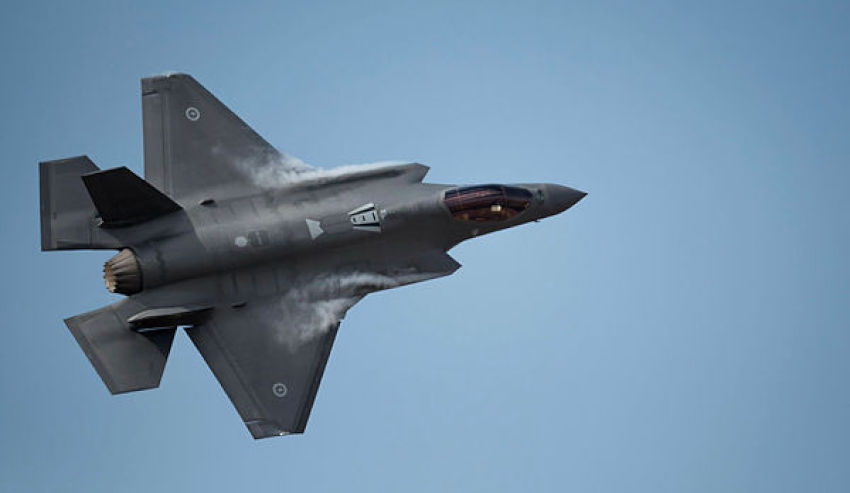The F-35 has been billed as a transformational capability leap for Australian and allied air forces with a price tag comparable to legacy aircraft. Despite the challenges troubling the largest defence project in history, Lockheed Martin is gearing up production rates and a new price structure.
The Pentagon's F-35 Joint Program Office and Lockheed Martin have reached a handshake agreement on the production contract for the 11th lot of F-35 aircraft, which includes US and allied customer aircraft. The two parties will continue to work together to definitize the contract for a total of 141 F-35s for the US services, international partner nations, and foreign military sale (FMS) customers. The total award value and per variant unit prices for the contract will be released when the contract is finalised.
The unit price for all three F-35 variants dropped significantly in the latest negotiation, demonstrating the program's continued progress, maturity and cost reduction. This latest agreement, along with the technical stability of the aircraft, puts the respective partners on a great path to negotiate lots 12, 13 and 14 as a block buy, which will generate additional savings for customers.
Lockheed Martin is on track to reduce the cost of an F-35A to $80 million by 2020, at which point the F-35 will be equal to or less than the cost of legacy fighters, while providing a transformational leap in capability.
The F-35 enterprise has significantly increased production volume year-over-year to meet demand. Lockheed Martin met its 2017 delivery target of 66 aircraft, representing an increase of more than 40 per cent from 2016.
In 2018, Lockheed Martin is on track to deliver 91 aircraft and is preparing to increase production volume year-over-year to hit a rate of approximately 160 aircraft in 2023.
As a fifth-generation aircraft, the F-35 blends all-aspect stealth even when armed with low-probability-of-intercept radar, a high-performance air frame, advanced avionics and highly integrated computer systems bringing an unrivalled, gods-eye view of the battlespace, providing a quantum increase in the capability provided to the Air Force.
Australia is spending about $17 billion to buy 72 fighters of the F-35A variant, with the aircraft due to reach initial operating capability by December 2020. Australia’s first six F-35As are currently operating at the international Pilot Training Centre at Luke Air Force Base in Arizona, with four more aircraft expected to be delivered by the end of this year.
Two of Australia’s F-35A aircraft are scheduled to arrive for permanent basing at RAAF Base Williamtown near Newcastle, NSW in December this year.






